Wisconsin offers incredible fishing opportunities year-round, with each of the fishing seasons bringing its own unique rewards. Spring and fall are especially popular, as they’re known for higher catch rates. But every month has something special to offer if you know what to look for.
To comply with local regulations and increase your chances of success, it is important to understand the important changes and rules about fishing seasons in Wisconsin. This comprehensive guide will help you mark the fishing calendar with key dates, species-specific regulations, and best practices to ensure a rewarding experience on the water.
Overview of Wisconsin Fishing Seasons
Wisconsin fishing seasons follow a timeline each year that ensures sustainable fishing practices and optimal angling experiences.
The general inland fishing season opener traditionally opens on the first Saturday in May (May 03, 2025), marking an exciting time for anglers across the state.
Fishing seasons vary depending on the species and the type of waterbody you’re fishing in. Here‘s a quick look at some key fishing season dates in 2025 – 2026:
| Fish Species | Season Start | Season End |
| Early Inland Trout (catch and release) | January 4, 2025 (5 a.m.) | May 2, 2025 |
| General Inland Trout | May 3, 2025 (5 a.m.) | Oct. 15, 2025 |
| General Inland Fishing | May 3, 2025 | Mar. 1, 2026 |
| Largemouth Bass Northern Zone Harvest | May 3, 2025 | Mar. 1, 2026 |
| Smallmouth Bass Northern Zone Harvest | Jun. 21, 20-25 | Mar. 1, 2026 |
| Large And Smallmouth Bass Southern Zone Harvest | Mar. 3, 2025 | Mar. 1, 2026 |
| Large And Smallmouth Bass Catch And Release | At all other times of the year | |
| Musky Northern Zone Harvest | May 24. 2025 | Dec. 31, 2025 |
| Musky Southern Zone Harvest | May 3, 2025 | Dec. 31, 2025 |
| Northern Pike | May 3, 2025 | Mar. 1, 2026 |
| Walleye | May 3, 2025 | Mar. 1, 2026 |
| Lake Sturgeon (Winnebago System spearing) | Feb. 8, 2025 | Feb. 23, 2026 |
| Lake Sturgeon (hook-and-line) | Sept. 6, 2025 | Sept. 30, 2025 |
| Free Fishing Weekends | June 7 – 8, 2025 and Jan. 17 – 18, 2026 | |
These dates help you plan your trips and ensure you’re fishing within the legal timeframe. Except for the season dates, there are regulations that are set to avoid over-fishing and ensure that fish species thrive for the future.
Always check the latest regulations before heading out. Wisconsin’s Department of Natural Resources (DNR) updates rules annually, so staying informed is key.
Species-Specific Fishing Seasons In Wisconsin
Trout and Salmon Fishing Seasons
If you’re a trout enthusiast, Wisconsin offers some of the best opportunities to reel in these prized fish. The state’s trout fishing seasons are carefully designed to align with the natural behavior of trout and the health of their habitats.
The early inland trout fishing season begins in January and runs until May, allowing you to enjoy catch-and-release trout season during the colder months. This is a great time to test your skills in Wisconsin’s inland stream trout season, as the fish are less pressured and more active in cooler waters.
As spring arrives, the general inland trout season kicks off in early May and extends through mid-October.
During this time, trout become more active as the waters warm, making it easier to entice them with your bait or lures. Historical data shows that spring trout fishing peaks in early April when the fish are feeding more aggressively.
In the fall, many waters are stocked with trout, giving you another chance to enjoy this rewarding activity before the season closes.
| Waters | Dates for Hook and Line Harvest |
| Early inland trout waters Catch and Release | January 4, 2025, at 5 a.m. to May 2, 2025, at midnight |
| General Inland Trout Season | May 3 from 5 a.m. to Oct. 15 |
| Mid lake reef complex | Continuous except there is no open season for lake trout |
| Green Bay, major Green Bay tributaries, all other waters of Lake Michigan, Lake Michigan tributaries | Continuous |
| All other tributary streams, rivers and ditches to Green Bay upstream to the first dam or lake | May 3, 2025 to March 1, 2026 |
| Lake Superior (does not include Lake Superior tributaries) | Continuous except for the open season for lake trout is Dec. 1 to Sept. 30 |
| All Wisconsin-Michigan Boundary waters, except as listed below. | April 26 to Sept. 30 |
| Montreal and Menominee rivers from their mouths upstream to the first dam and Smokey Lake | No closed season |
| Brule River (i.e., “boundary” Brule in Florence & Forest Counties) upstream from US Highway 2 | April 26 to Sept. 30 |
Musky Fishing Seasons
The musky is known as the ‘‘fish of 10,000 casts,’’ they are a challenge worth pursuing. The season typically opens in May and runs through December, with specific dates varying between the northern and southern zones. If you’re targeting muskies, timing is everything.
These fish are most active during warmer months when water temperatures reach around 50 degrees in spring. As summer progresses, musky activity slows down slightly when water temperatures climb above 80 degrees.
But don’t worry—fall brings another prime opportunity. Cooler waters in autumn trigger muskies to feed heavily in preparation for winter, giving you a chance to land a trophy fish. Spawning occurs between April and late May, so you’ll often find muskies in shallow waters during this time.
| General Inland Waters | Open Season Dates |
| Northern Zone – inland waters north of U.S. Hwy 10 (excluding Wisconsin – Michigan boundary waters) | May 24 – December 31 (open water only) |
| Southern Zone – inland waters south of U.S. Hwy 10 | May 3 – December 31 |
| Green Bay, Lake Michigan and Lake Michigan tributaries north of a line running due east from the eastern terminus of Waldo Boulevard in the City of Manitowoc, all tributary streams, rivers and ditches to Green Bay upstream to the first dam or lake. Know the musky regulations for Green Bay rivers. | May 24 – to December 31 |
| Mississippi, St. Croix and St. Louis rivers | May 24 – November 30 |
| Wisconsin-Michigan boundary waters. Know the musky regulations for Green Bay rivers. | June 1 to December 31 |
| Wisconsin-Iowa boundary waters | May 3 – November 30 |
Walleye and northern pike seasons
Walleye is one o of Wisconsin’s most sought-after game fish, and their seasons offer plenty of opportunities for anglers. The walleye fishing season opens in early May and runs through March of the following year.
These fish are known for their delicious flavor and challenging behavior, making them a favorite among anglers. Spring is an excellent time to target walleye, as they spawn in shallow waters and are more accessible. As the season progresses, you’ll find them moving to deeper waters, especially during the warmer months.
| Waters | Open Season Dates |
| General Inland Waters | May 3 – March 1, 2026 |
| Fox River downstream from DePere | Continuous |
| All other tributary streams & ditches to Green Bay upstream to the first dam or lake | May 3 – March 1, 2026 |
| All other waters of Green Bay, major Green Bay tributaries, Lake Michigan tributaries | Continuous |
| Lake Superior | Continuous |
| Lake Superior tributaries | May 3 – March 1, 2026 |
| Lake Winnebago System Waters | Continuous |
| St. Croix downstream to Prescott | April 26 – March 1 |
| Mississippi River | Continuous |
| St. Louis River | May 10, 2025, to March 1, 2026 |
| Wisconsin-Michigan boundary waters, rivers and impoundments | Continuous |
| Wisconsin-Michigan boundary waters – lakes | May 3 – March 1, 2026 |
| Wisconsin-Iowa boundary waters | Continuous |
Northern Pike Seasons
Northern pike, on the other hand, have a similar season, opening in May and closing in March. These aggressive predators are active year-round, but they’re particularly fun to catch in spring and fall. During these seasons, pike are more likely to strike at flashy lures and live bait.
If you’re fishing in northern Wisconsin, you’ll find that pike are abundant in lakes and rivers, offering a thrilling experience for anglers of all skill levels. The following seasons provide ample opportunities to enjoy the sport.
| Waters | Open Season Dates |
| General Inland Waters | May 3 – March 1, 2026 |
| Boundary and Outlying Waters | Open Season Dates |
| Green Bay, major Green Bay tributaries, Lake Michigan | Continuous |
| Lake Superior | Continuous |
| Lake Superior tributaries and connected sloughs upstream to the first dam or lake | May 3 – March 1, 2026 |
| Lake Superior – spearing | Through the ice |
| Mississippi River from Prescott downstream | Continuous |
| St. Croix River to Prescott | May 3 – March 1, 2026 |
| St. Louis River | May 10, 2025, to March 1, 2026 |
| Wisconsin-Michigan boundary waters | May 3 – March 1, 2026 |
| Wisconsin-Minnesota boundary waters | May 3 – March 1, 2026 |
| Wisconsin-Iowa boundary waters | Continuous |
Panfish Seasons
If you’re looking for a fishing experience that’s both fun and family-friendly, Wisconsin’s panfish seasons are perfect for you. Panfish, including bluegill, crappie, and yellow perch, can be caught year-round in most waters.
This makes them an excellent choice for beginners or anyone who enjoys a relaxing day on the water. The panfish fishing season is continuous, so you don’t have to worry about specific dates—just grab your gear and head out whenever the mood strikes.
| Waters | Dates for Hook and Line Harvest |
| General Inland Waters | Continuous |
| All other tributaries, streams, rivers and ditches to Green Bay upstream to the first dam or lake | May 3 – March 1, 2026; but the open season for yellow perch is May 20 to March 15 |
| Lake Michigan, Lake Michigan tributaries | Continuous, but the open season for yellow perch is June 16 to April 30 |
| Lake Superior | Continuous |
| Wisconsin-Minnesota boundary waters | Continuous |
| Wisconsin-Iowa boundary waters | Continuous |
| Wisconsin-Michigan boundary waters | Continuous |
Bass Fishing Seasons
Bass fishing has a bit more structure. Largemouth and smallmouth bass seasons vary depending on whether you’re fishing in the northern or southern zones.
In the northern zone, the harvest season for largemouth bass begins on the first Saturday in May and runs through early March of the following year. For smallmouth bass, the harvest season starts later, in late June, to protect the fish during their spawning period.
In the southern zone, both largemouth and smallmouth bass have the same harvest season, starting in May and ending in early March.
| General Inland Waters | Dates for Hook and Line Harvest |
| Northern Zone – Largemouth bass harvest | May 3 – March 1, 2026 |
| Northern Zone – Smallmouth bass harvest | June 21 – March 1, 2026 |
| Northern Zone – Largemouth and smallmouth bass catch and release | At all other times of the year |
| Southern Zone – harvest | May 3 – March 1, 2026 |
| Southern Zone – catch and release | At all other times of the year |
| Lake Winnebago system waters | Continuous |
| St. Louis River | May 24, 2025, to March 1, 2026 |
| St. Croix River upstream from the dam at St. Croix Falls | May 24 – September 7, 2025; but not including, the second Monday in September |
| St. Croix River upstream from the dam at St. Croix Falls – catch and release | September 8, 2025, to March 1, 2026 |
| St. Croix River downstream from the dam at St. Croix Falls to the Hwy 10 Bridge at Prescott | May 24, 2025, to March 1, 2026 |
| Mississippi River | Continuous |
| Lake Superior and connected sloughs, Kakagon River – Largemouth bass harvest | May 3, 2025, to March 1, 2026 |
| Lake Superior and connected sloughs, Kakagon River – Smallmouth bass harvest | June 21, 2025, to March 1, 2026 |
| Lake Superior and connected sloughs, Kakagon River – largemouth and smallmouth bass catch and release | At all other times of the year |
| Outlying waters of Green Bay and Lake Michigan within 1/4 mile of Washington, Detroit, Plum, Pilot, Hog or Rock Islands | July 1 to March 1, 2026 |
| Wisconsin-Michigan boundary waters – Largemouth bass harvest | May 3 – March 1, 2026 |
| Wisconsin-Michigan boundary waters – Smallmouth bass harvest | June 21 – November 30 |
| Wisconsin-Michigan boundary waters – largemouth and smallmouth bass catch and release | At all other times of the year |
| Wisconsin-Iowa boundary waters | Continuous |
Free Fishing Weekends In Wisconsin
- Summer Free Fishing Weekend: June 7- 8, 2025
- Winter Free Fishing Weekend: January 17- 18, 2026
If you’ve ever wanted to try fishing without having a license, Wisconsin’s free fishing weekends are your golden opportunity.
On free fishing days, it is allowed for both residents and non-residents to fish without a license. It’s the perfect chance to introduce friends or family to the joys of fishing.
During these weekends, you can fish on any of Wisconsin’s waters, including lakes, rivers, and streams. All other regulations, such as size and bag limits, still apply, so make sure to familiarize yourself with the rules for your chosen location.
Wisconsin Fishing Bag Limits
For healthy and sustainable fishing, it’s essential to be aware of the bag limits are set to limit how many fish you can catch. Here is the breakdown:
| Species | Total daily bag limit |
| Catfish | 25 in total; only 1 may be flathead catfish from the Lake Winnebago system |
| Cisco (lake herring), whitefish, and hybrids | |
| Inland waters | 10 in total |
| Outlying waters | 10 in total |
| Lake sturgeon | 1 per season |
| Largemouth and smallmouth bass | 5 in total |
| Muskellunge | 1 |
| Northern pike | |
| All waters north of U.S. Hwy 10 | 5 in total |
| All waters south of U.S. Hwy 10 | 2 in total |
| Panfish (bluegill, pumpkinseed, yellow perch, white and black crappie) | 25 in total |
| Rock, white, and yellow bass and bullheads | No Limit |
| Shovelnose sturgeon | 3 |
| Walleye, sauger, and hybrids | 5 in total |
What To Fish In Wisconsin In Different Seasons?
Spring in Wisconsin is a magical time for anglers. As the ice melts and the waters warm, fish become more active, making it one of the best seasons to cast your line. Early spring is perfect for targeting trout, steelhead, walleye and northern pike. Look for them in tributaries of Lake Michigan and Lake Superior, where they’re known to put up a good fight.
Summer offers endless fishing opportunities. Warm temperatures and longer days make it the perfect season to explore the state’s lakes and rivers. Panfish, like bluegill and crappie, are abundant and easy to catch. Look for them near weed beds or submerged structures, where they gather in schools.
Bass fishing is another highlight and if you’re up for a challenge, summer is also a great time to target muskies. These elusive fish are more active during the warmer months, especially in the early morning or late evening when water temperatures are cooler.
Fall is a favorite season for many anglers in Wisconsin. Cooler temperatures and fewer crowds make it an ideal time to hit the water. Fish are also more active as they prepare for winter, giving you a better chance of landing a big catch.
Walleye fishing is excellent in the fall. These fish move to deeper waters during the day but come closer to shore in the evening. Muskies are another fall favorite. As the water cools, they feed aggressively, making it one of the best times to catch a trophy musky. What’s more, bass fishing remains strong in the fall, especially for smallmouth bass. These fish are often found near rocky structures or in deeper waters.
Winter in Wisconsin transforms the state’s lakes and rivers into icy playgrounds for anglers. Wisconsin’s waters offer a variety of species that remain active under the ice, making winter fishing an exciting challenge. Popular species for ice fishing such as walleye, northern pike, yellow perch and bluegill.
Wisconsin Fishing License Costs
Who Needs a Fishing License?
If you’re planning to fish in Wisconsin, you’ll likely need a fishing license. Anyone aged 16 or older must have a valid license to fish in the state‘s waters.
This applies whether you’re fishing on inland lakes, rivers, or boundary waters. Even if you’re just practicing catch-and-release, a license is still required.
There are a few exceptions, though. If you’re fishing during Wisconsin’s Free Fishing Weekends, you don’t need a license. These weekends are perfect for trying out fishing without any upfront costs. Additionally, residents born before January 1, 1927, and active-duty military personnel on leave can fish without a license.
Always carry your license with you while fishing. Conservation wardens may ask to see it, and fishing without one can lead to fines.
How Much Does a Fishing License Cost?
Fishing licenses in Wisconsin are affordable and come in several options to suit your needs. Here’s a quick breakdown of the costs:
|
Resident General Fishing Licenses |
|
| Fishing, Annual | $20 |
| Fishing. First-time buyer. | $5 |
| Fishing 1-Day (Can be used towards an upgrade to an annual license for $12.75) | $8 |
| Fishing, Junior (16 & 17 years old) | $7 |
| Fishing, Senior Citizen (65 years & older) | $7 |
| Fishing, Spousal | $31 |
| Inland Trout Stamp | $10 |
| Great Lake Salmon/Trout Stamp | $10 |
| 2-Day Great Lakes Fishing (includes Great Lake Salmon/Trout Stamp) | $14 |
| 2-Day Inland Lake Trout Fishing (includes Inland Trout Stamp) | $14 |
|
Nonresident Fishing Licenses |
|
| Fishing, Annual | $55 |
| Fishing, Family Annual (primary) (includes children 16 & 17 years old) Note: Family licenses do not have grandchildren 16 & 17 years old | $70 |
| Fishing, Family Annual (secondary) | $0 |
| Fishing, First-time buyer | $29 |
| Fishing, 1 day (can be used towards an upgrade to an annual license for $40.75) | $15 |
| Fishing, 4 day | $29 |
| Fishing, 15 day | $33 |
| Fishing, 15-day Family (includes children 16 & 17 years old) Note: Family licenses do not have grandchildren 16 & 17 years old | $45 |
| Military Fishing (not available for online purchase) | $20 |
| Student fishing – available to full-time nonresident students in residence at any Wisconsin public or private college or university offering a degree (not available for online purchase) | $20 |
| Inland Trout Stamp | 10 |
| Great Lake Salmon/Trout Stamp | 10 |
| Great Lake Fishing, 2 days (includes Great Lake Salmon/Trout Stamp) | 14 |
If you’re only fishing for a day or two, the one-day license is a great option. For frequent anglers, the annual license offers the best value.
Before you head out, make sure you’re aware of a few key rules. Wisconsin fishing licenses are valid from April 1 to March 31 of the following year. If you’re fishing for certain species, like lake sturgeon, you may need additional permits.
You can purchase your license online through the Wisconsin DNR website, at local bait shops, or at sporting goods stores. Keep in mind that licenses are non-transferable, so each angler must have their own.
Note: Lost your license? Don‘t worry. You can reprint it online or request a duplicate for a small fee.
Tips for Maximizing Your Wisconsin Fishing Experience
Best Gear For Each Season
Having the right gear can make or break your fishing trip. Each season in Wisconsin brings unique challenges, so tailoring your equipment to the conditions is key.
- Spring: As waters warm, fish become more active. Use lightweight rods and reels for better sensitivity. For bait, try jigs or live minnows to attract walleye and northern pike.
- Summer: Longer days mean more time on the water. Opt for medium-action rods and topwater lures for bass. Don’t forget polarized sunglasses to reduce glare and spot fish more easily.
- Fall: Cooler temperatures call for heavier gear. Use trolling setups with crankbaits to target muskies and walleye. A good pair of waterproof boots will keep you comfortable.
- Winter: Ice fishing requires specialized tools. Bring an auger to drill holes and tip-ups for hands-free fishing. Dress in insulated layers to stay warm on the ice.
Pro Tip: Always carry tackle boxes with a variety of lures and hooks. Fish behavior can change quickly, so being prepared is essential. To bring all your tackle boxes and gear, we recommend the Kalkal Fishing Backpack with Rod Holders. This backpack is large enough to bring all your stuff and it even has a cooler compartment to store and keep your fish fresh.
Choosing The Right Fishing Spots
Wisconsin is packed with incredible fishing locations, but finding the right spot can take your experience to the next level. Start by considering the species you’re targeting. For example:
- Trout: Head to inland streams or Lake Superior tributaries during spring and fall.
- Walleye: Try Lake Winnebago or the Mississippi River, especially near rocky shorelines.
- Panfish: Look for weed beds in smaller lakes like Big Muskellunge Lake.
- Muskies: Focus on Green Bay or the northern zone’s larger lakes. Learn more about How to Catch Muskies.
Tip: Local bait shops and online forums are great resources for insider tips. They often provide updates on fish activity and water conditions. Explore less crowded areas for a more peaceful experience. Remote lakes and rivers often hold hidden gems.
Understanding Local Weather Patterns
Weather plays a huge role in fishing success. Knowing how conditions affect fish behavior can help you plan better trips.
- Temperature: Fish are more active in moderate water temperatures. Spring and fall are ideal for many species.
- Precipitation: Rain can stir up nutrients, attracting fish to shallower waters. However, heavy rain may make rivers murky and harder to fish.
- Ice conditions: In winter, check historical ice thickness data to ensure safety and understand fish movement under the ice.
Wisconsin’s climate has changed over the years. The state has warmed by 2°F since the 1950s, which has shifted fish habitats. Additionally, wetter conditions (4.5 inches more precipitation) have raised water levels, impacting fish populations. Extreme heat days in summer can also affect spawning and feeding behaviors.
Note: Always check the weather forecast before heading out. Sudden storms or temperature drops can impact both safety and fish activity.
Staying Safe And Prepared On The Water
Staying safe and be well prepared is essential for a great fishing experience.
Safety starts with the basics. Always wear a life jacket when fishing from a boat. It’s not just a good idea—it’s the law in many areas. If you’re ice fishing, check the ice thickness before stepping out. A minimum of 4 inches of clear ice is safe for walking, while 8-12 inches are needed for vehicles.
Be mindful of the environment too. Some waters in Wisconsin, especially urban areas, may have pollutants like mercury or PCBs. Studies, such as the 2016 Biomonitoring Study of Urban Anglers, found higher levels of these contaminants in fish from polluted areas. This highlights the importance of following fish consumption advisories.
Gear And Knowledge
Preparation is key to a successful trip. Pack essentials like sunscreen, a first-aid kit, and plenty of water. If you’re fishing in remote areas, bring a map or GPS device. Always let someone know where you’re going and when you’ll return.
It’s also important to stay informed about changes and unexpected situations in the areas you are planning to fish.
Conclusion
Wisconsin is a paradise for anglers, offering something special in every season. By understanding the Wisconsin fishing seasons and following the regulations, you can enjoy a rewarding and responsible fishing experience.
What’s your experience in the state? Don’t forget to share your fishing stories with us. They might inspire someone to join you on your next trip!
FAQ
What‘s the best time to fish in Wisconsin?
The best time depends on the species. Spring is great for trout and walleye, while summer is perfect for bass and panfish. Fall is ideal for muskies, and winter offers exciting ice fishing opportunities for walleye, perch, and bluegill.
Do I need a fishing license for catch-and-release fishing?
Yes, you need a fishing license even for catch-and-release fishing in Wisconsin. The only exceptions are during Free Fishing Weekends or if you qualify for exemptions like being an active-duty military member on leave.
Can I fish year-round in Wisconsin?
You can fish year-round for certain species like panfish and rough fish. However, many species, such as trout, walleye, and musky, have specific open and closed seasons. Always check the Wisconsin DNR regulations for details.
What‘s the daily bag limit for Wisconsin Fishing?
The daily bag limit varies depending on the fish species and locations. Check the info in the article or check local rules before heading out.
When are free fishing days in Wisconsin?
In 2025, Wisconsin’s Free Fishing Weekend is scheduled for June 7 – 8. These weekends let you fish without a license, making them perfect for beginners or family outings.


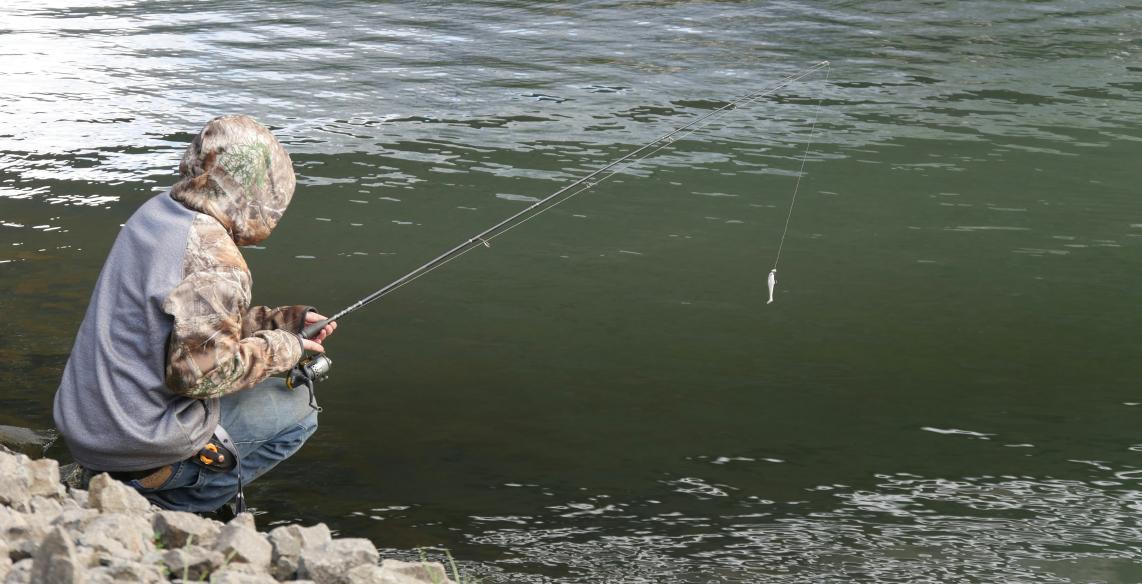
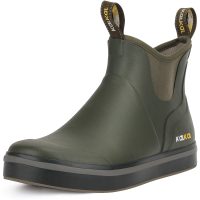
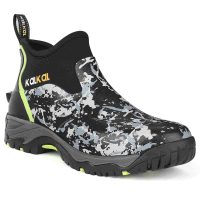

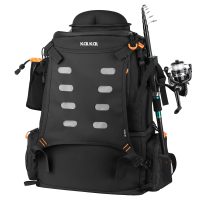
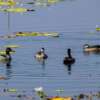
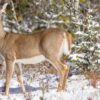
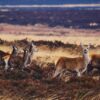
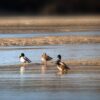
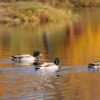
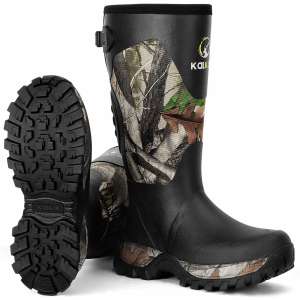
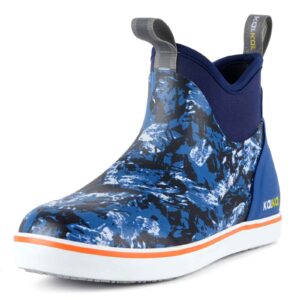
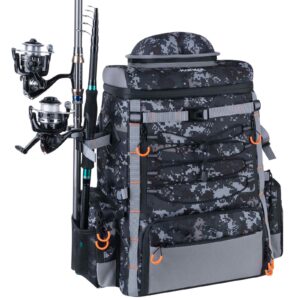
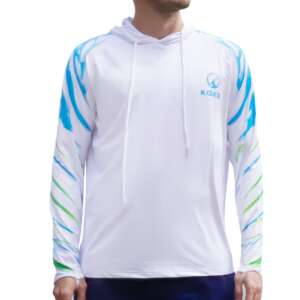
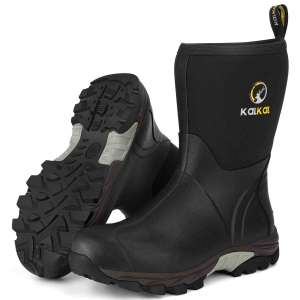
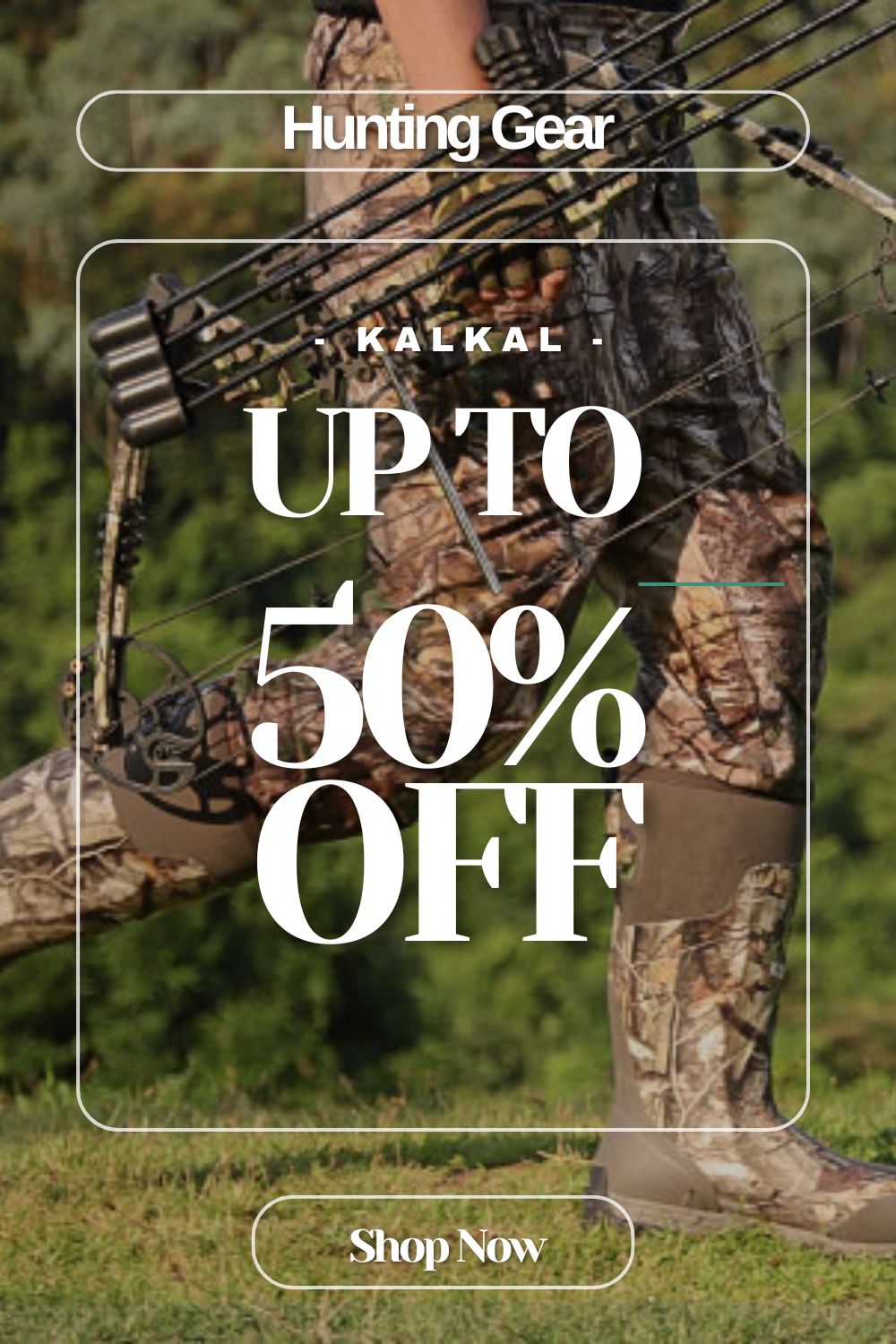

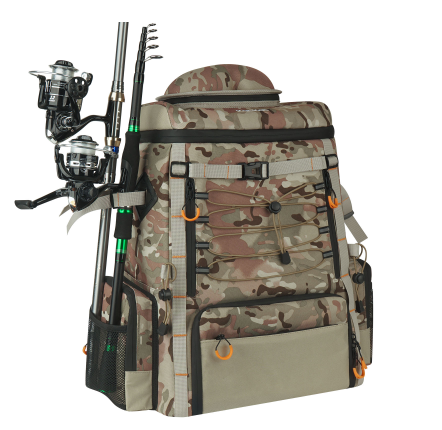
Leave a reply